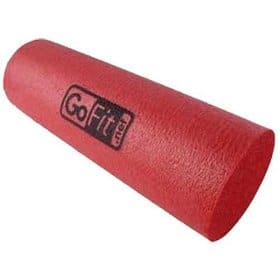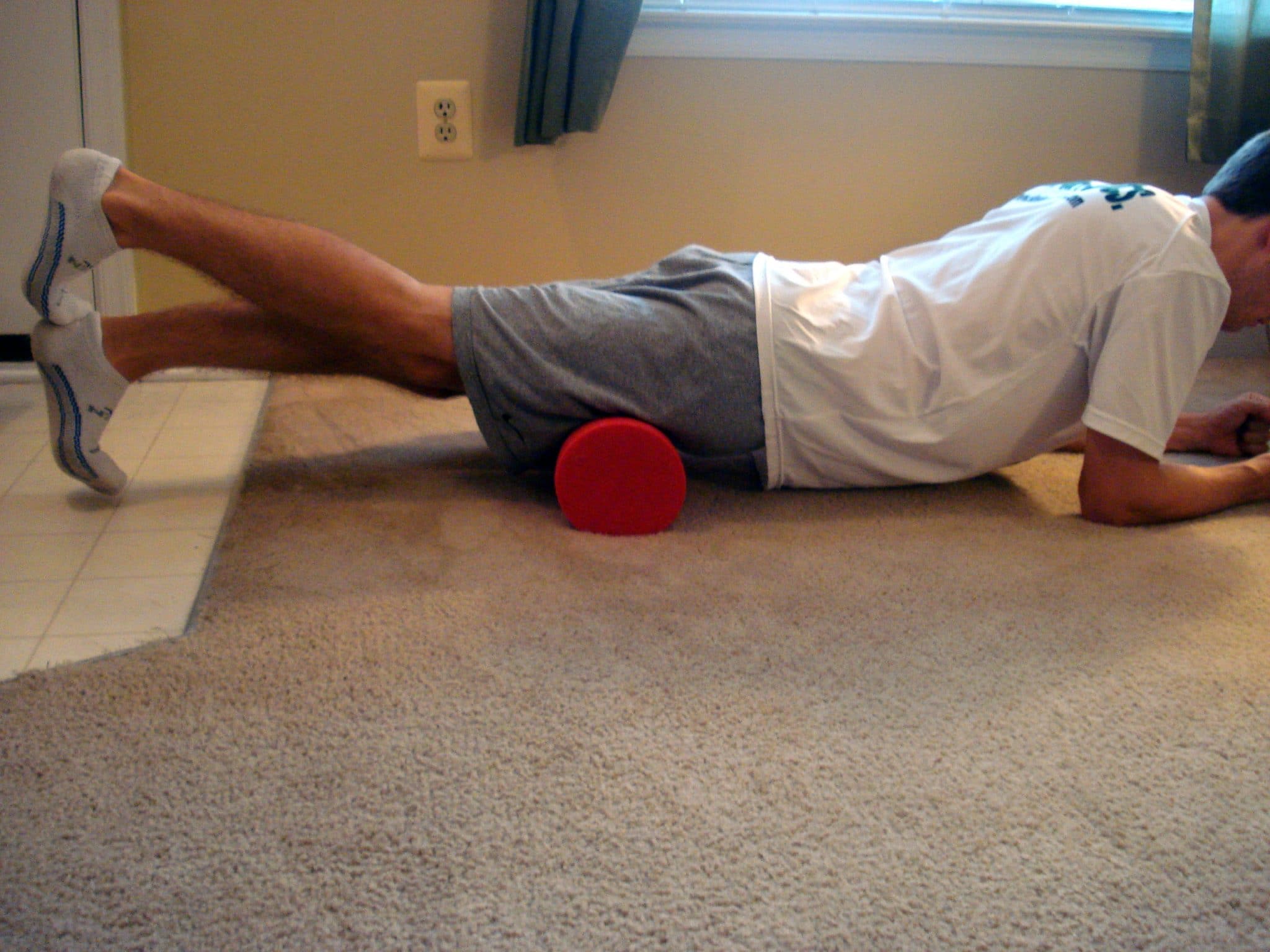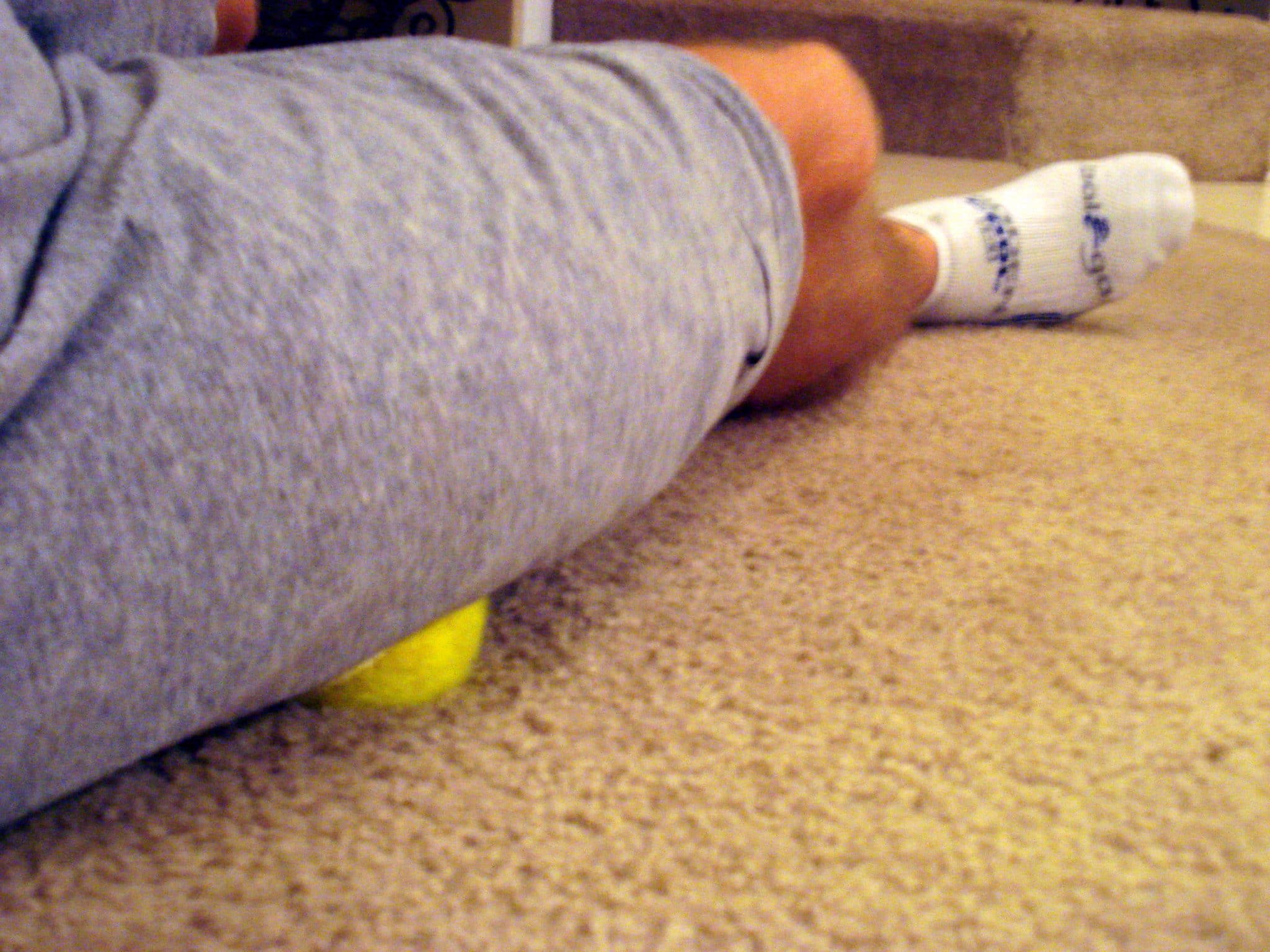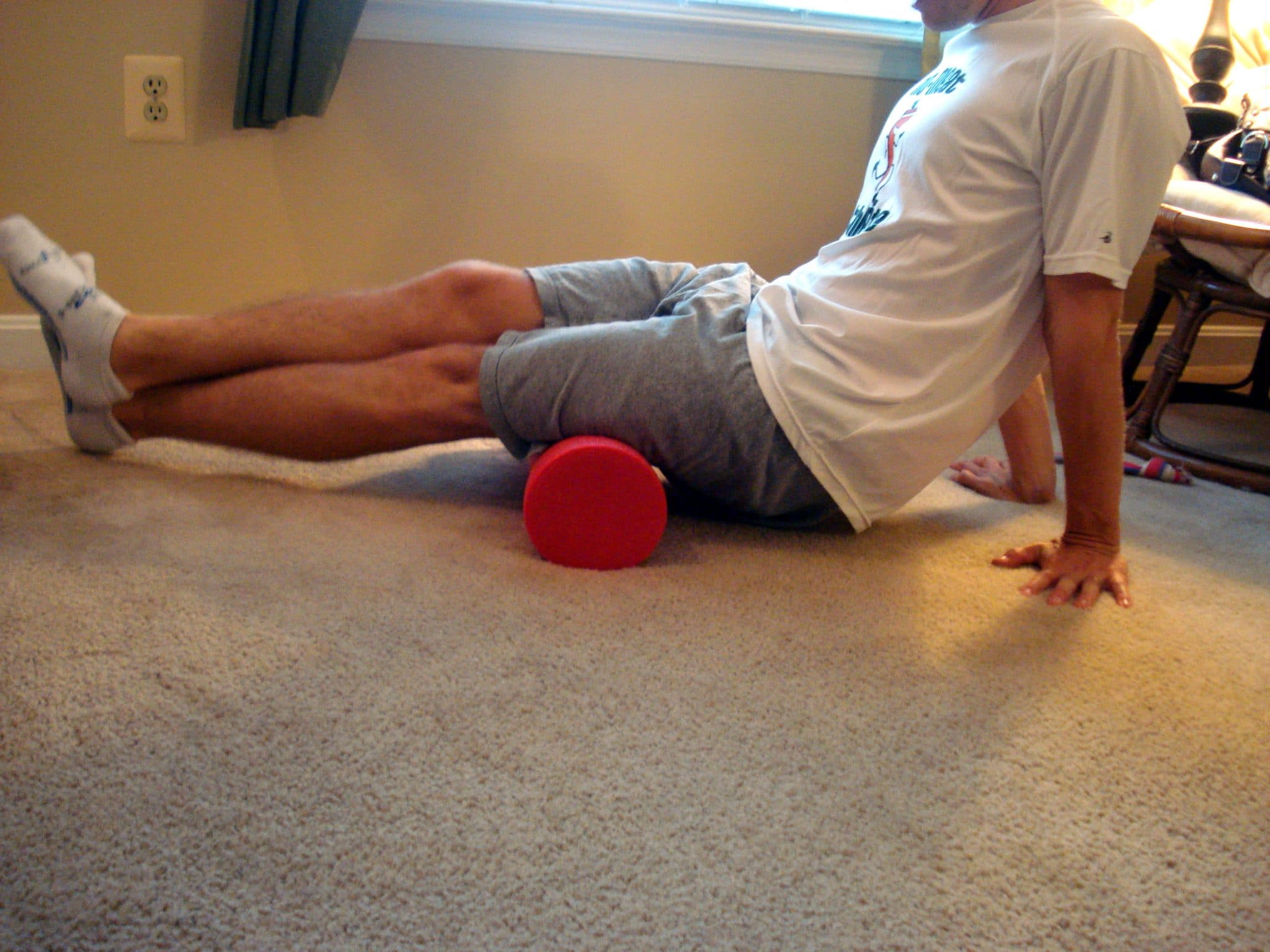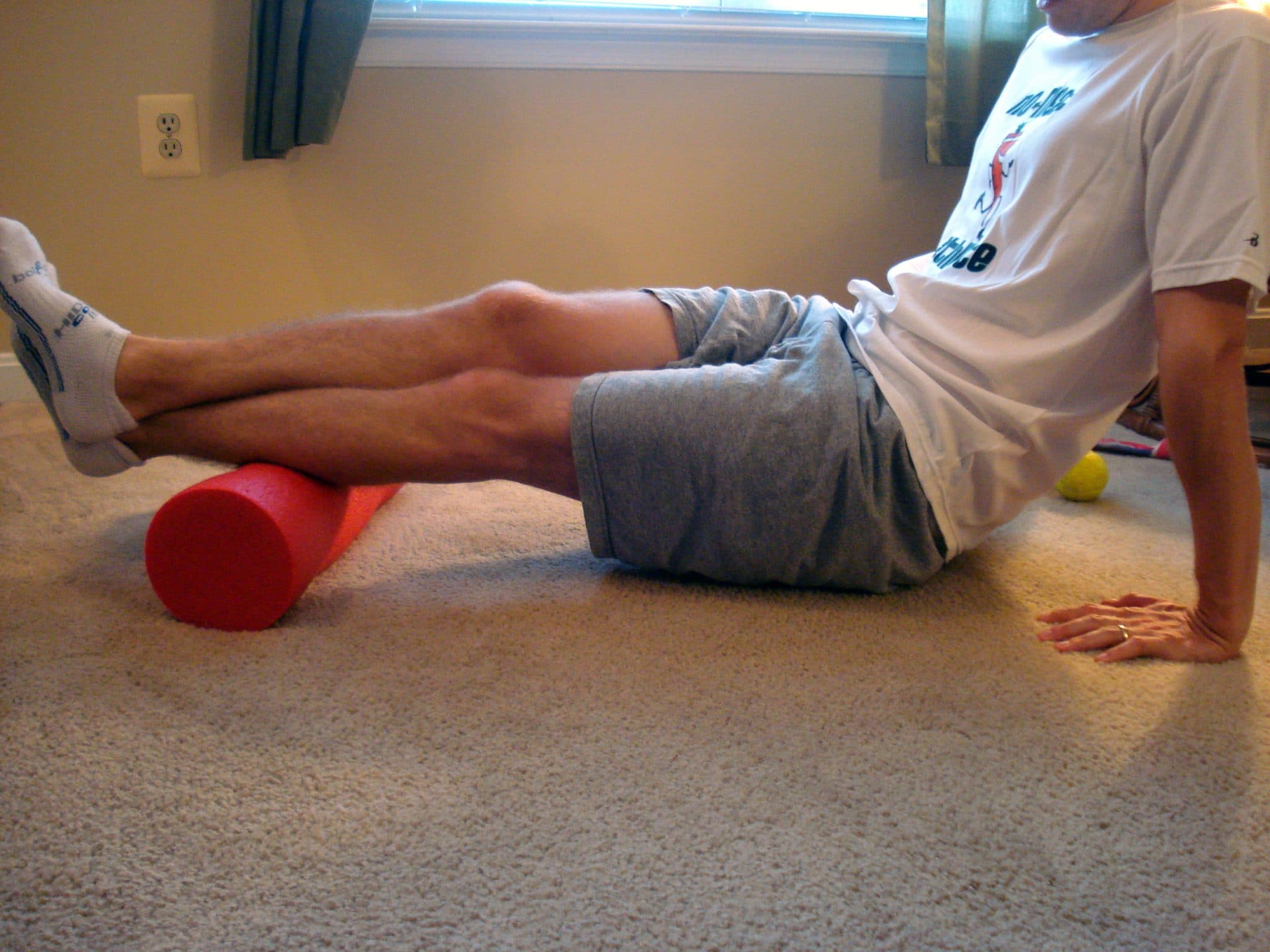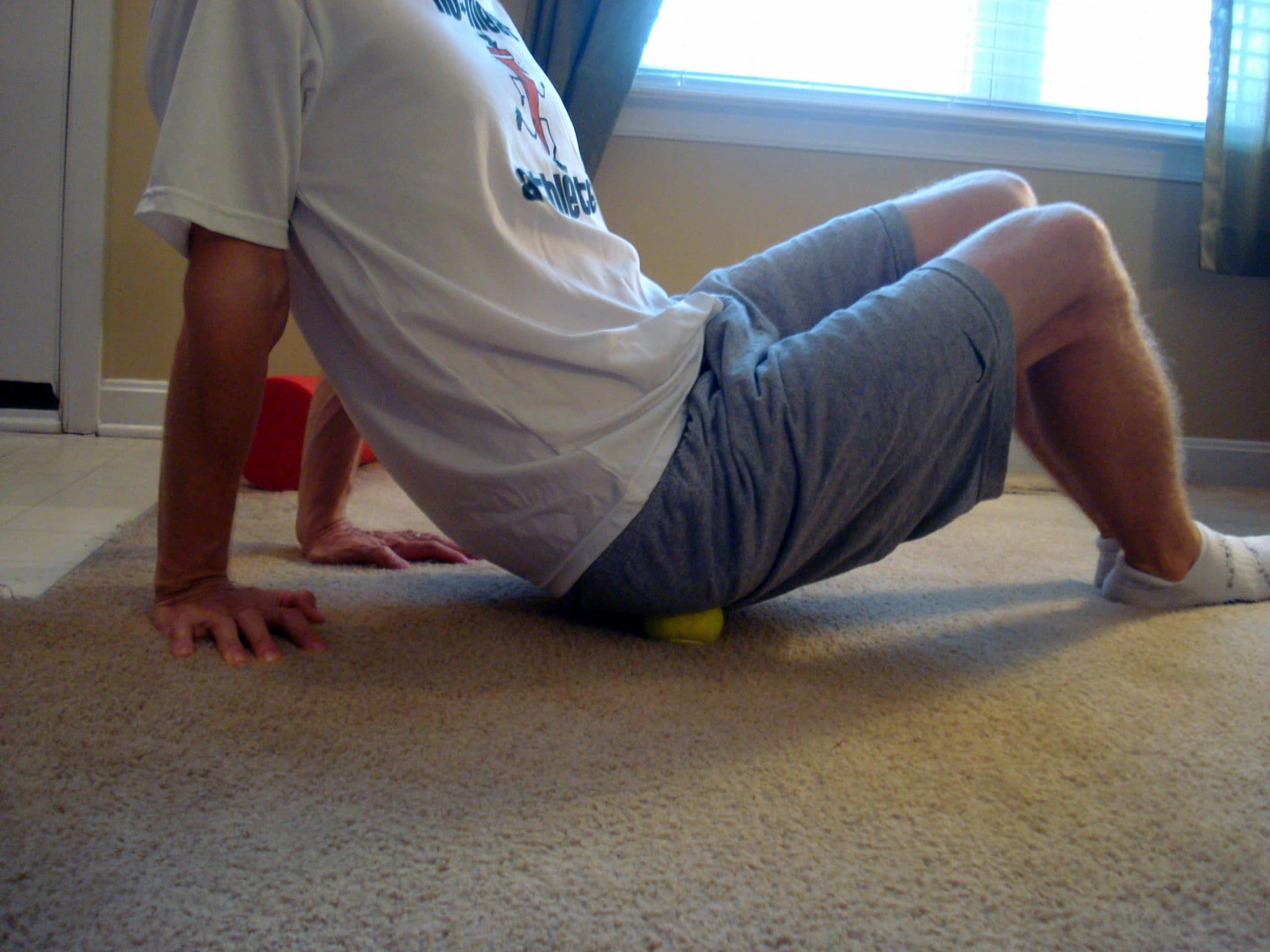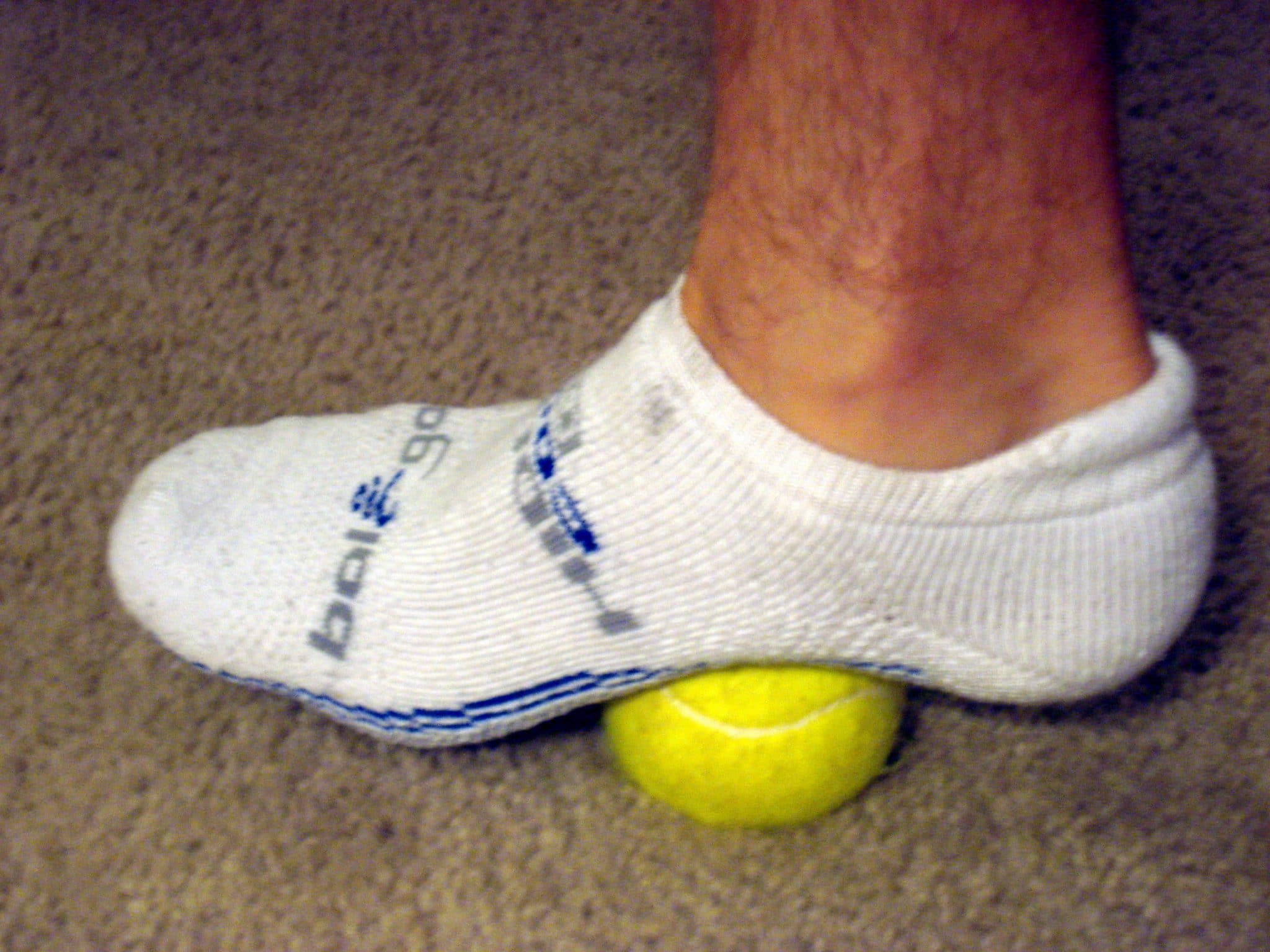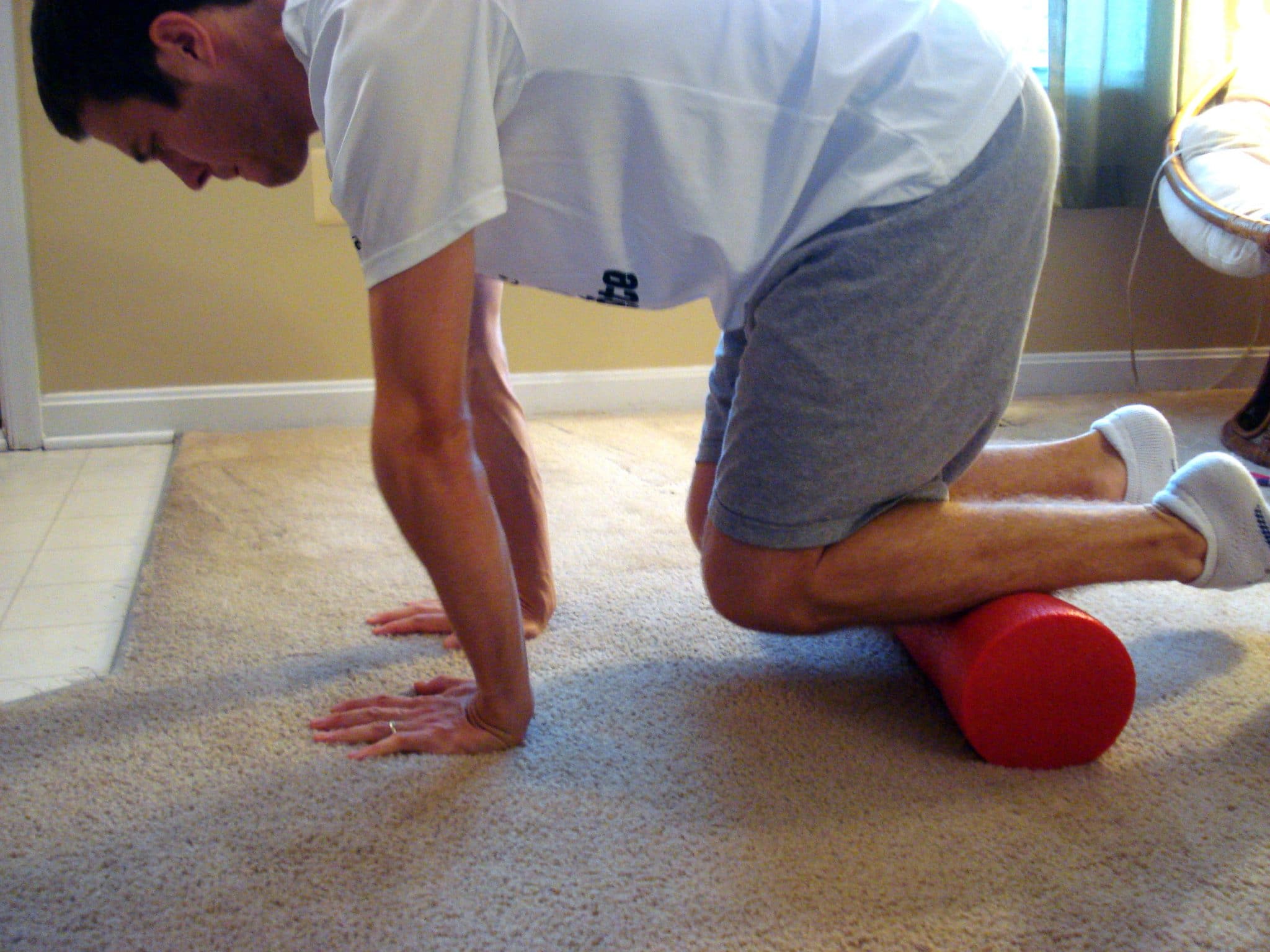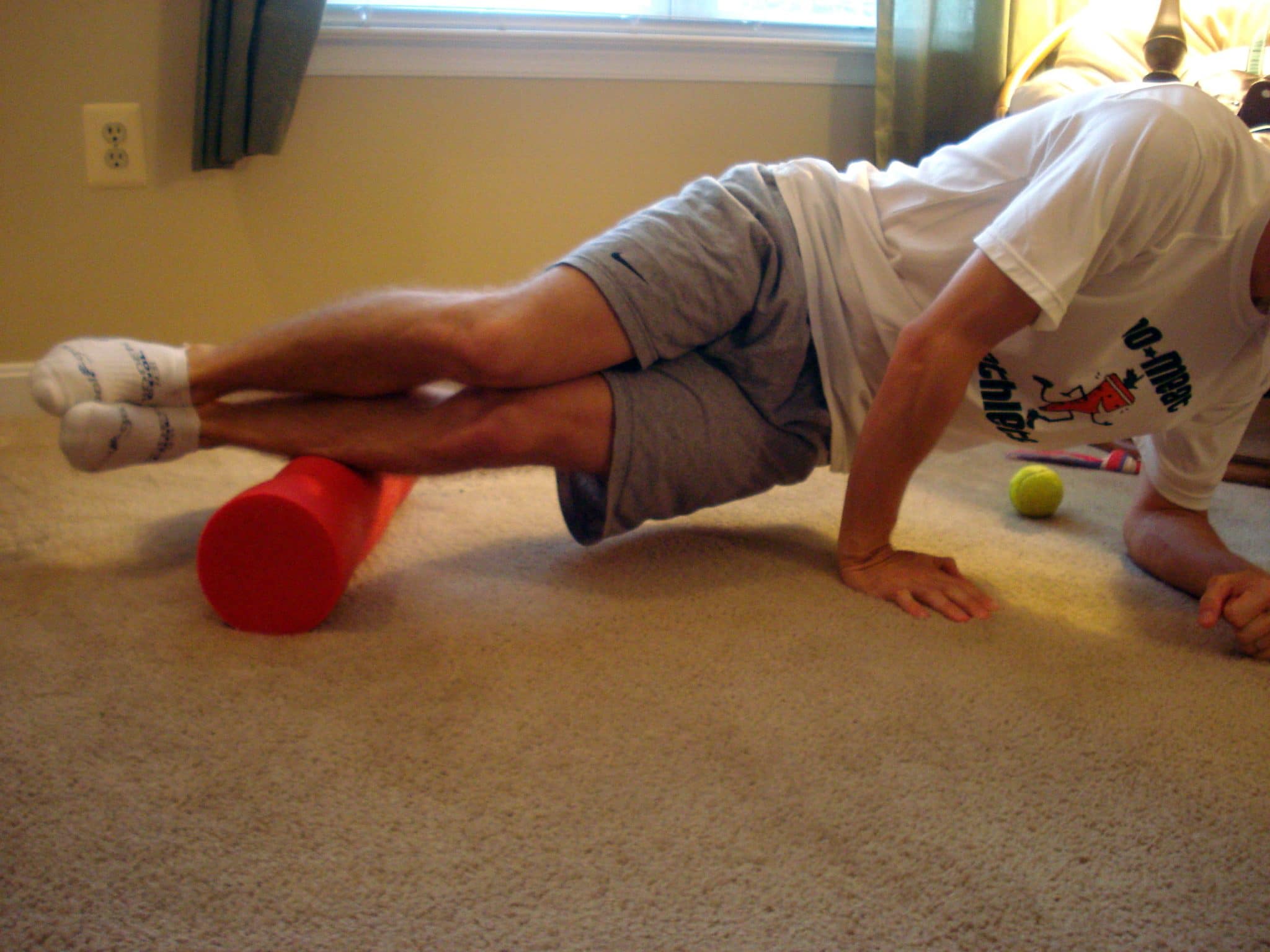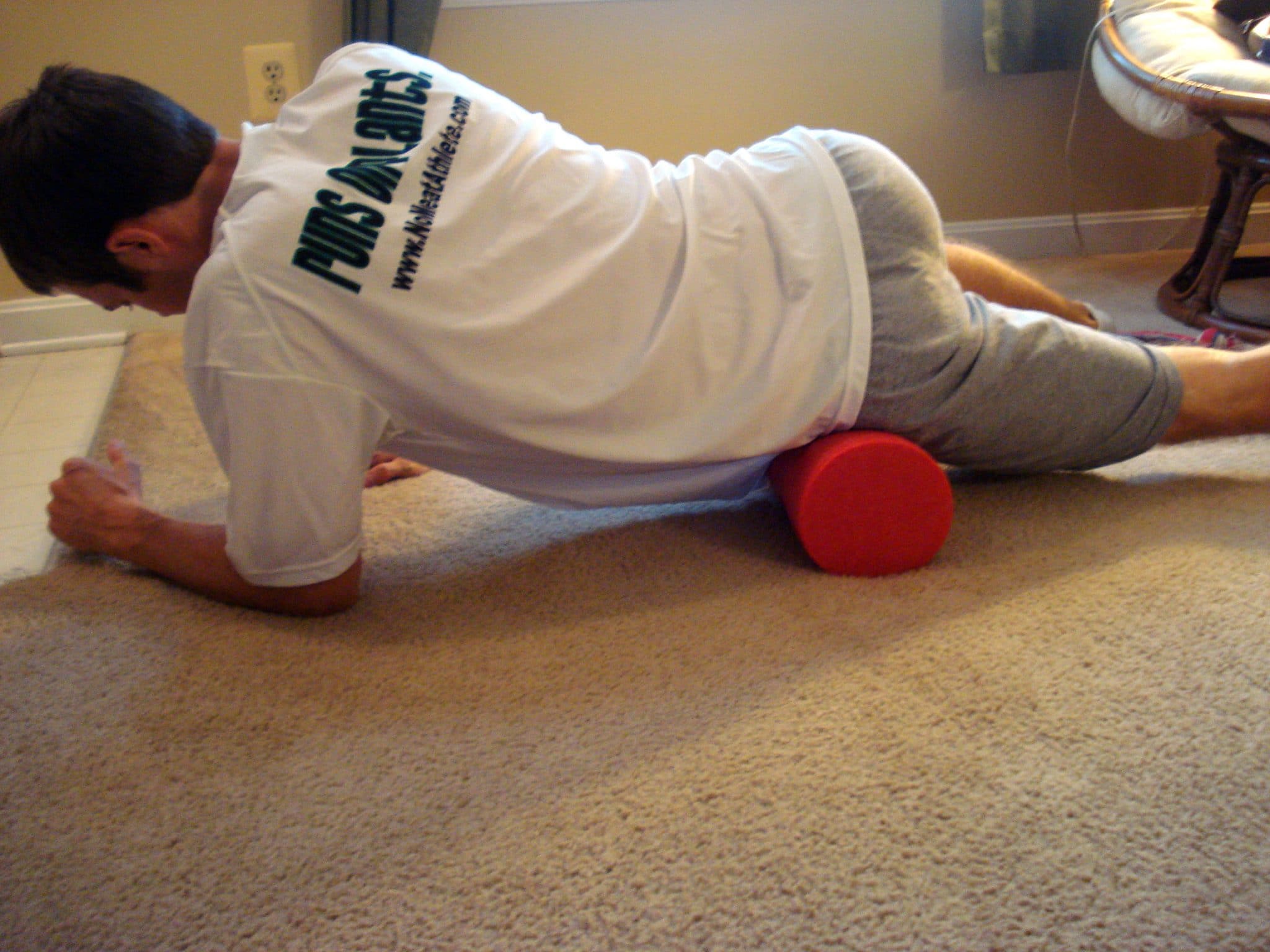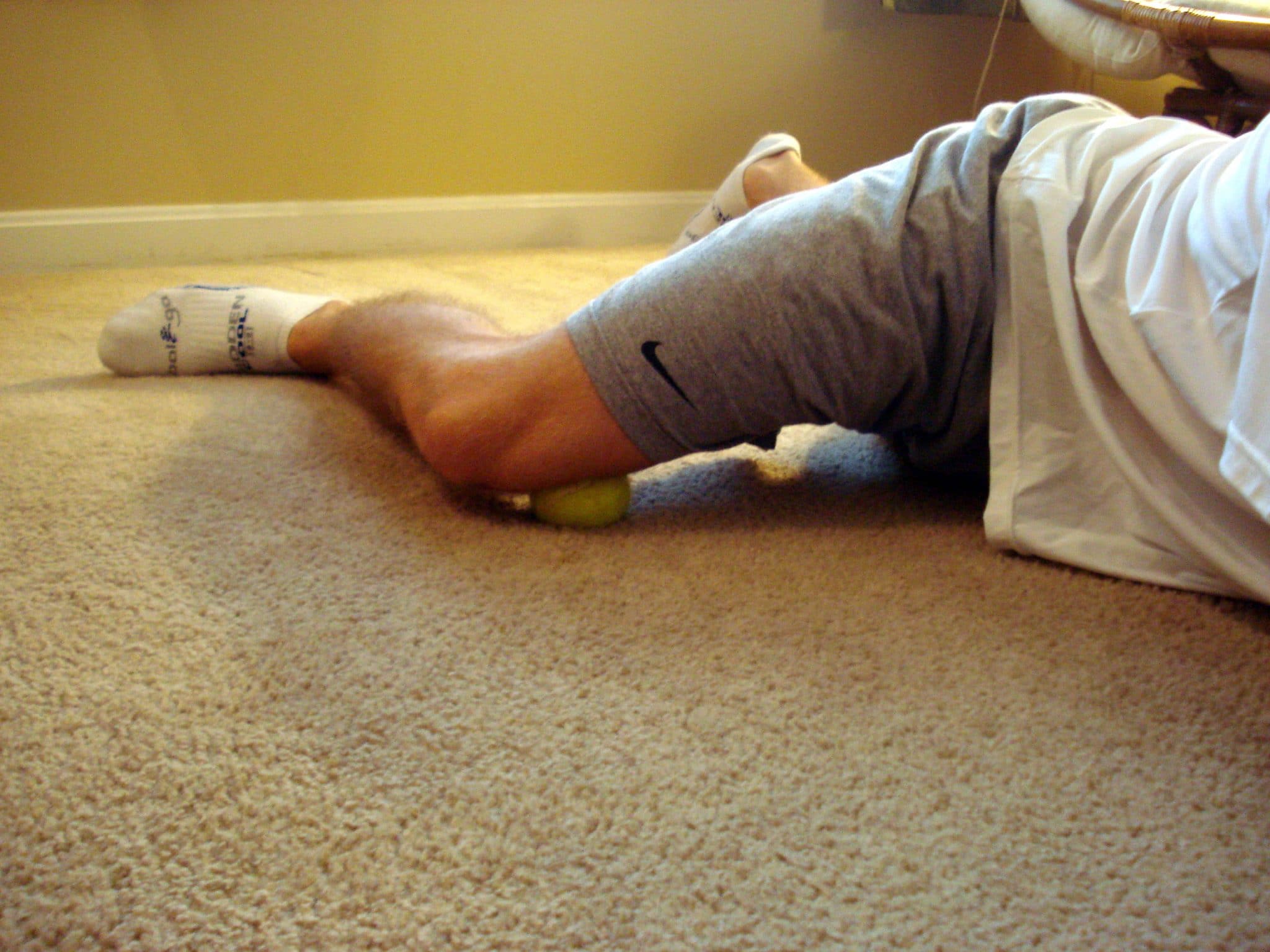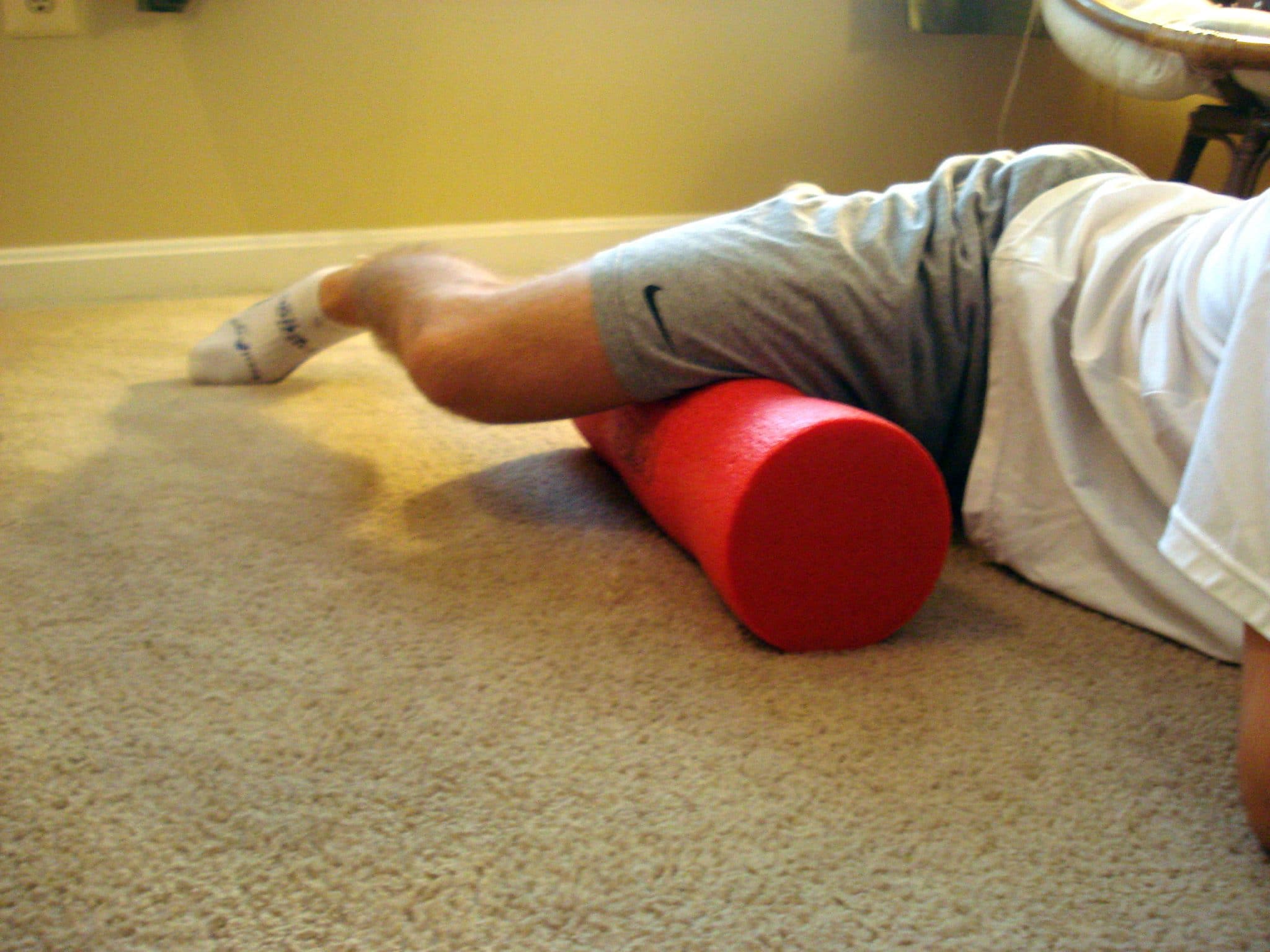Foam Rolling for A**holes
Sorry, “for Dummies” was taken.
Marathon training used to mean to me what it means to most people. Running through pain, battling injury as the miles pile up, taking extra days off as the body deteriorates, eventually skipping out on the longest, most important runs in the program. For my first three marathons, I didn’t run more than 18 miles in any of the training, essentially taking the final month off before each race and waking up race day morning wondering if I’d finish.
Since I started doing foam rolling between workouts almost two years ago, it’s been one of those how-did-I-ever-live-before-this things. Even when I’ve only found time for one half-hour session per week, it has made such a tremendous difference in my ability to train for a marathon without getting injured. It’s like night and day. When I’m doing it consistently, I’m virtually injury-free. In the three training programs I’ve done since incorporating the foam roll, I’ve been able to focus on logging in quality workouts, not on taking days off to heal. It’s no coincidence that when I got injured earlier this year, I wasn’t doing any foam rolling at all.
The purpose of foam rolling is to soften muscle tissue, to “iron out the kinks” and keep it elastic and pliable. Think deep massage. I don’t know what kind physiological basis the concept has; I just know that it works. How? Because it hurt like hell to do it when I started, and after a few weeks it stopped hurting. The explanation, of course, is that I had trained for years without giving any care to my muscle tissue, so it took a while to soften it up and get those knots out.
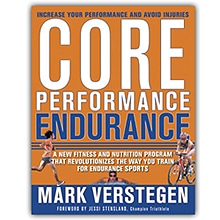
By the way, I use a GoFit foam roll. I got it at Target for around 20 bucks. But it’s just compressed foam, so you might be able to find or make one for cheaper. Some running stores carry them as well.
Foam Roll Exercises
For foam roll exercises, roll back and forth for 30 seconds to a minute. For tennis ball exercises, find pressure points and keep as much weight as possible on the ball for one minute.
If you’ve never done foam rolling before, you may find it painful at first. You should ease into it, doing only as much as is reasonably comfortable. It should become much less painful after a few sessions.
Quads – Cross your legs so that most of the weight is on one leg. After rolling on one leg, switch to the other. If this is too painful at first, roll on both legs simultaneously.
IT band – Lie on your side and place the tennis ball in a sensitive spot on the outside of your leg near your hip joint. After the desired time, move the ball farther down your leg. Switch legs and repeat.
Hamstrings – Cross your legs so that most of the weight is on one leg. After rolling on one leg, switch to the other.
Calves – Cross your legs so that most of the weight is on one leg. After rolling on one leg, switch to the other.
Glutes – Find a sensitive spot and put as much weight as possible on the ball. After the desired time, move to a new sensitive spot. Switch to the other side and repeat.
Arch – Place the ball under your foot and, with as much weight as possible, move the ball back and forth 50 times. Repeat on other foot.
Front of Shins – Keep as much weight as possible on the roll, not on your hands, while you roll back and forth.
Side of shins – Roll by alternately bringing your knees to your chest and extending your legs. Repeat on other side.
TFL – Extend one leg out to side for support. On the other leg, target the very top of your quadriceps near your hip, just outside the center of your leg. Don’t skip this one; improper firing of the TFL muscle can cause IT band sydrome and knee pain!
Knee – Lie on the floor and place the ball just above your knee on the inside of your leg. Roll it around to find a sensitive spot and hold.
Adductor – Lie mostly flat and place the roll under your thigh. To roll back and forth, you may need to lift yourself up with your arms a bit.
Happy rolling!
This post is part of a series of posts designed to teach you how to run long and strong. Go check out the rest!



